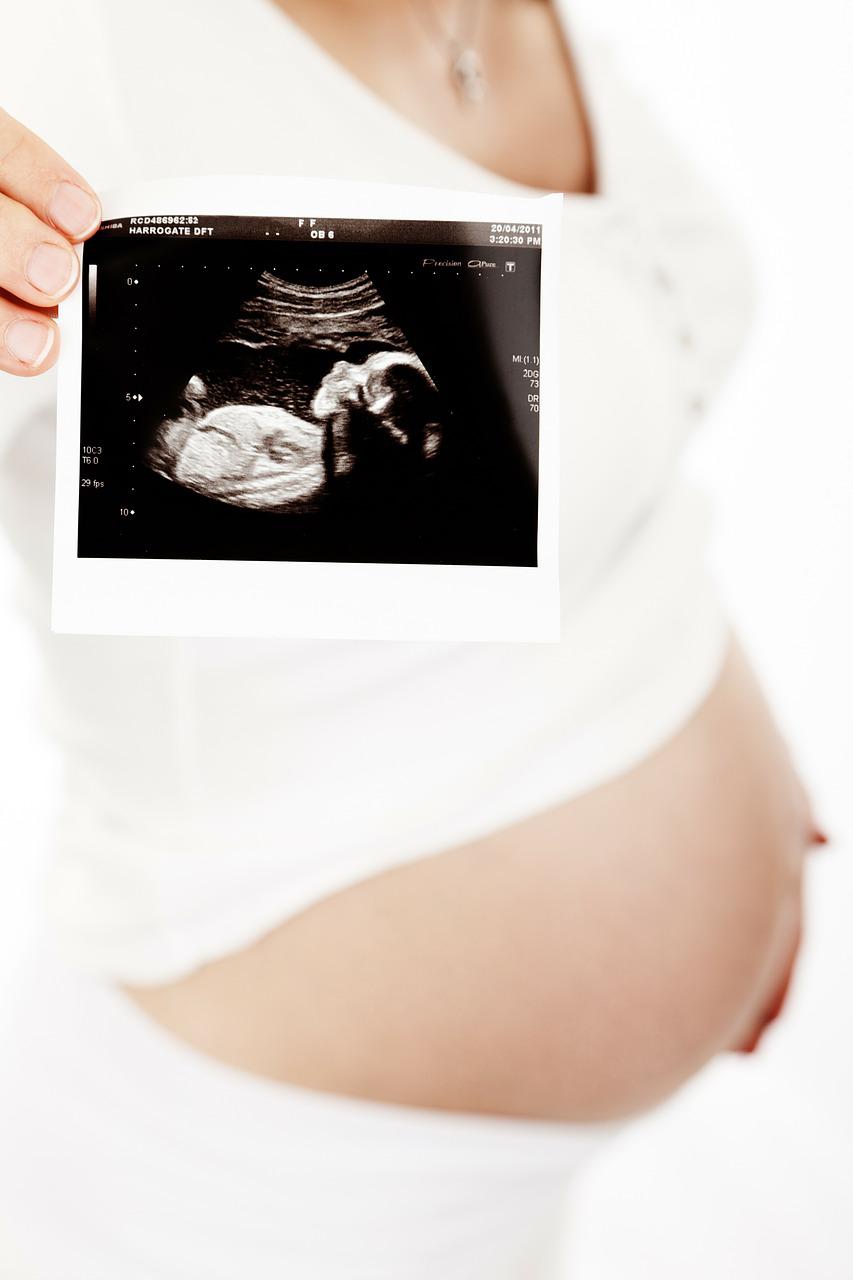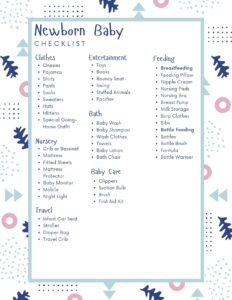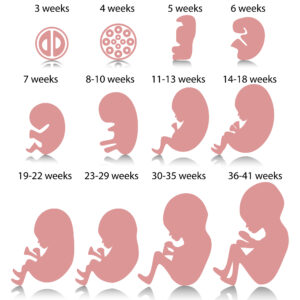All (or almost all) expectant mothers and fathers seek to satisfy the curiosity of knowing if they are expecting a boy or a girl. To obtain an answer, there are different scientific methods, tests, and analytics that accurately reveal the sex of the baby.
And there are also other more dubious methods, based on popular beliefs, whose results are not reliable but can serve as entertainment nonetheless.
In this article I will explain to you what both of them consist of, and in what week you can do the definitive test that will confirm the sex of the baby.
SCIENTIFIC METHODS
BLOOD TEST
Extracting a small sample of blood from the mother, the fragments of DNA from the fetus found in the plasma are analyzed. It can be done from the 8th week of gestation.
If the presence of the Y chromosome is detected, it will be confirmed that it is a boy. The absence, on the other hand, will reveal that she is a girl.
If it is a twin pregnancy, the absence of this chromosome means that both are girls, while if it is detected, with this method you will not be able to know exactly if there are two boys or a boy and a girl.
ULTRASOUND
The 20 week ultrasound, also called a morphologic ultrasound, is the definitive test to confirm the sex of the baby. In addition to checking the measurements of the fetus, its weight, and that all its organs are forming correctly, the already formed genitals can be observed.
However, as early as week 12, it may be possible to know the sex of the baby.
Although the genitalia are not yet distinguishable, it is a matter of observing the direction in which the genital tubercle points. If it tilts up at an angle greater than 30 degrees from the spine, it’s a boy. If the angle of inclination is less than 30 degrees, it is a girl.
In this first ultrasound , the vital state of the embryo or embryos is checked, the number of embryos in the case of multiple gestations is counted, and the risk of chromosomal and morphological abnormalities is checked, as well as, in some cases, it is possible to know the sex (although this is more common in the following ultrasound).
PLACENTAL POSITION
It is called the Ramzi method and consists of observing the position of the placenta through an ultrasound that can be done from the sixth week of gestation.
It is due to the polarity of the chromosomes. If the fetus has XX chromosomes it sticks to the left, while if it has XY chromosomes it sticks to the right. Which means that if the placenta is on the left, it will be a girl, while if it is on the right, it will be a boy.
AMNIOCENTESIS
Amniocentesis is an invasive test that is performed to detect congenital problems in the baby, hereditary diseases and chromosomal abnormalities.
Did you know…
This method consists of the extraction of amniotic fluid with fetal cells. Through this test, which is usually performed on pregnant women over 35 years of age between 14 and 18 weeks of gestation, the sex of the baby can be determined with great precision.
CHORIONIC BIOPSY
Like amniocentesis, it is another invasive test aimed at diagnosing genetic disorders. It is performed, if necessary, between weeks 10 and 14 of pregnancy and consists of the extraction and analysis of a sample of the tissue that surrounds the fetus.
By having the same genetic composition as the baby’s cells, this sample can be used to determine the sex of the baby.
HOME METHODS (UNRELIABLE AND WITHOUT ANY CREDIBILITY)
Home methods abound to guess if it will be a boy or a girl. We must remember that we are talking about methods based on beliefs, speculations, and even superstitions, without any scientific basis and, therefore, unreliable.
However, they can serve to pass the time and entertain us until the doctor confirms the sex of the baby.
LOOK AT
- The color of the nipples. If the nipples of the pregnant woman have darkened, it is because she is expecting a boy. If they continue as before, a girl.
- The hair on the legs. There is a belief that if the mother’s body hair grows faster during pregnancy, it is because she has more testosterone in her body, and therefore, she will have a boy.
- The temperature of your feet. It is believed that if during pregnancy the mother has cold feet, she will have a boy, otherwise she will be a girl.
- Cravings. They say that if the pregnant woman craves sweet things, she will have a girl, and if, on the other hand, she craves salty things, she will be the mother of a boy.
- The baby’s heartbeat. Pay attention to the baby’s heartbeat on the ultrasound. It is said that if it beats more than 140 times per minute, it will be a girl, and if it beats more slowly, it will be a boy.
EXPERIMENT TIME
- Bicarbonate test. The first urine of the pregnant woman in the morning must be collected and, in another glass, place the same amount of bicarbonate. Both are mixed and if bubbles come out, it is said that it will be a boy. If there is no reaction, it will be a girl.
- Oil test. The future mother has to lie down on a straight surface while another person pours a few drops of oil on her belly. If the oil stays put, she is having a girl, if the droplets slide off quickly, she is having a boy.
- The ring test. First you have to tie a ring to a rope. The pregnant woman must lie down and another person has to hold the ring by the rope as if it were a pendulum above her belly. If the ring swings in circles, it is believed that it will be a girl. If it moves from side to side, they say it’s a boy.
- The red cabbage test. Cabbage cooking water is needed. This water is mixed with a few drops of urine from the pregnant woman. If it turns purple it’s a boy, if it turns pink it’s a girl.
- The garlic test. The pregnant woman has to eat a clove of garlic. If after doing so, her skin begins to give off a bad smell, it means that you are expecting a boy. If this does not happen, it is a girl.
MATH TIME
- Mathematical equation. You have to add the age of the mother when she conceived the baby, the month in which she became pregnant and the month of her birthday. If the result is an even number, she will have a girl, and if it is odd, a boy.
- Chinese table and Mayan table. They are also based on the mother’s age and date of conception. In these cases, a table with two axes is used. Depending on what the box indicates where the intersection between the two occurs, this is the prediction of whether it will be a boy or a girl.
WHEN CAN YOU KNOW THE SEX OF THE BABY WITH CERTAINTY?
At week 20, the fetus’s genitalia are fully formed and can be clearly distinguished on ultrasound. If it is a boy, you will be able to see the scrotum and the penis. If it is a girl, it is confirmed by the absence of these organs and, in some cases, by observing the labia majora.
CONCLUSIONS
It is normal to feel anxious about knowing the sex of the baby. While home methods, being unreliable, help us to venture to guess whether it will be a boy or a girl, through scientists we can confirm it with a high degree of reliability.
A blood test starting at week 8 can reveal it early, while the most accurate test is the ultrasound at week 20, in which it is already possible to observe the genitals.
But remember that, whatever the sex of your baby, the most important thing is that it is healthy and that the pregnancy develops as well as possible so that both of you find each other perfectly healthy.




Average Rating